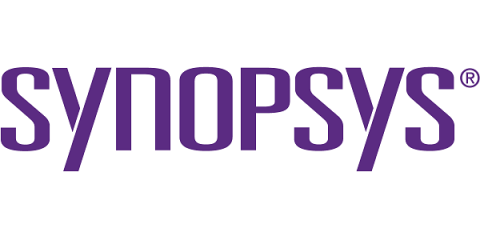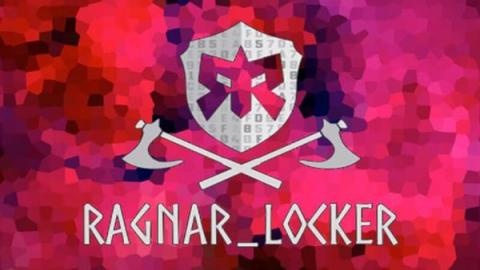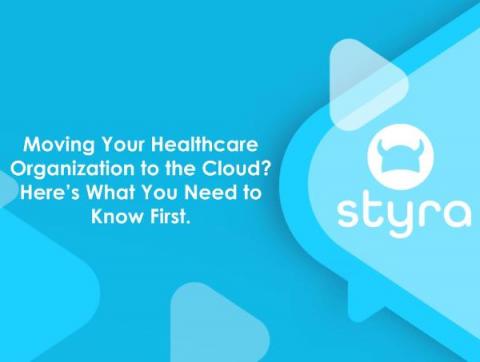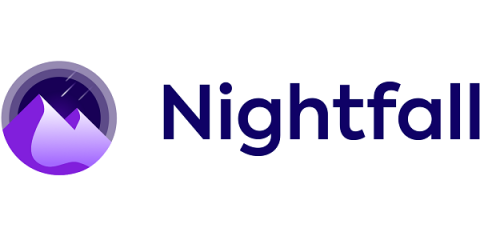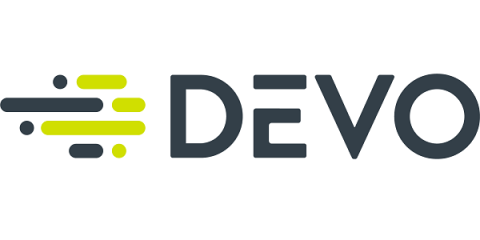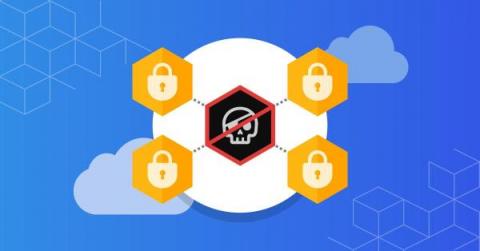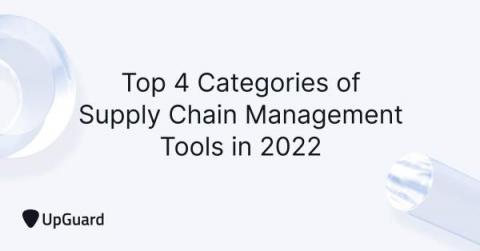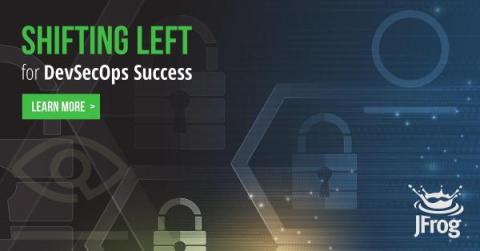Security | Threat Detection | Cyberattacks | DevSecOps | Compliance
Latest News
Ragnar Locker ransomware - what you need to know
Ragnar Locker is a family of ransomware, which first came to prominence in early 2020 when it became notorious for hitting large organisations, attempting to extort large amounts of cryptocurrency from its victims.
Moving Your Healthcare Organization to the Cloud? Here's What You Need to Know First
While the last two years accelerated digital transformation across a wide range of industries, this has been a long time coming for healthcare. Healthcare has been undergoing a massive shift to improve security, streamline operations, and enhance the patient experience—and much of that shift centers around the movement to the cloud. Cloud-native ostensibly offers a better, more accessible user experience marked by enhanced uptime, reliability, and efficiency.
Know your environment: Tenable/Corelight integration for prioritized IDS alerts
One of the major causes of alert fatigue for SOCs is a class of alerts that fall in between false positives and useful detections: when an actual attack has been launched, and the detection is working correctly, but the host on the receiving end is not vulnerable, guaranteeing that the attack will fail.
3 Powerful Sensitive Data Remediation Features for Nightfall DLP Users
The Nightfall blog is a knowledgebase for cybersecurity professionals with news and insights from the world of cloud security. Each week, we’re publishing new content to help you stay up-to-date on cybersecurity topics and to prepare you for the issues and threats that occur every day on the job.
Buying IAM and Identity Security from the Same Vendor? Think Again.
With the growing risk of identity-driven breaches, as seen in recent ransomware and supply chain attacks, businesses are starting to appreciate the need for identity security. As they assess how best to strengthen identity protection, there is often an urge to settle for security features or modules included in enterprise bundles from the same vendor providing their identity or identity and access management (IAM) layer.
4 Security Operations Center Best Practices for Success
The security operations center (SOC) plays a critical role in any enterprise’s effort to protect its data from rapidly evolving cybersecurity threats. However, for a variety of reasons revealed in the 2021 Devo SOC Performance ReportTM — which is based on the results of a survey of more than 1,000 security practitioners — organizations are frustrated with their SOC’s lack of effectiveness in performing its vital work.
Zero-trust for cloud-native workloads
There has been a huge uptick in microservices adoption in the data analytics domain, primarily aided by machine learning (ML) and artificial intelligence (AI) projects. Some of the reasons why containers are popular among ML developers is the ease of portability, scalability, and quick access to data using services—specifically network services. The rise of cloud-native applications, especially for big data in the analytics sector, makes these applications a prime target for cyber crime.
Top 4 Categories of Supply Chain Management Tools in 2022
The rise in supply chain attacks has highlighted a significant issue in supply chain risk management (SCRM) - most organizations are unaware of the potential risks in their supply chain. This limitation is caused by a discontinuity between cybersecurity initiatives and the threat landscape of global supply chains. Supply chain ecosystems are unpredictable, dynamic, and always evolving.
Shift Left for DevSecOps Success
Not long ago, developers built applications with little awareness about security and compliance. Checking for vulnerabilities, misconfigurations and policy violations wasn’t their job. After creating a fully-functional application, they’d throw it over the proverbial fence, and a security team would evaluate it at some point – or maybe never. Those days are gone – due to three main shifts.


